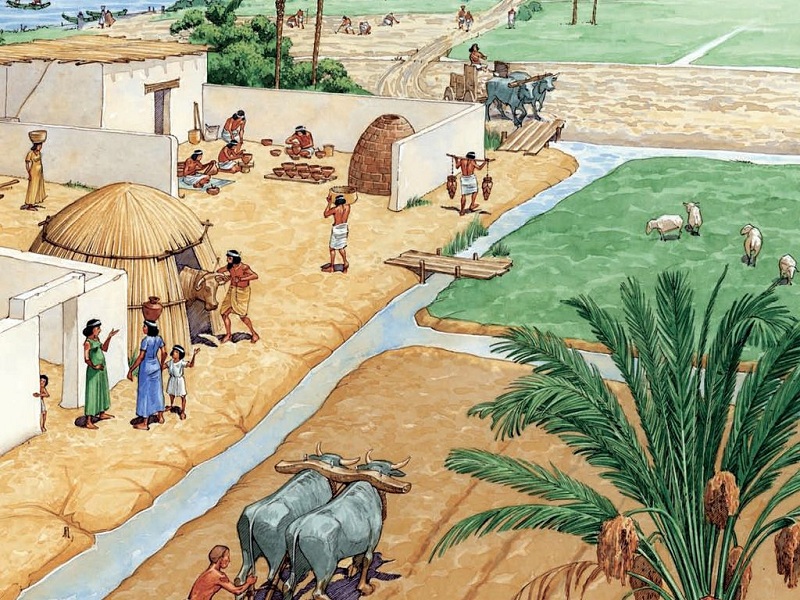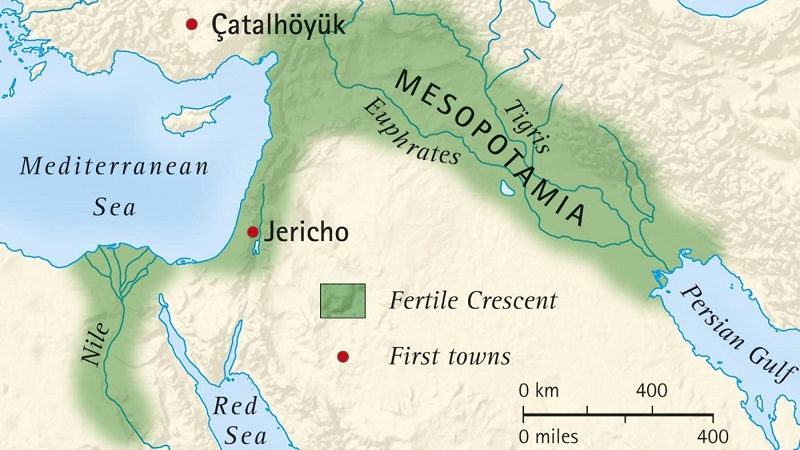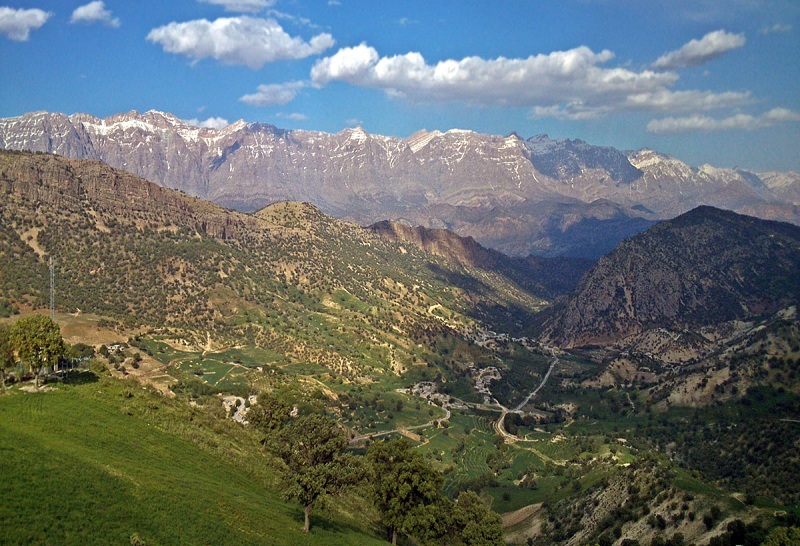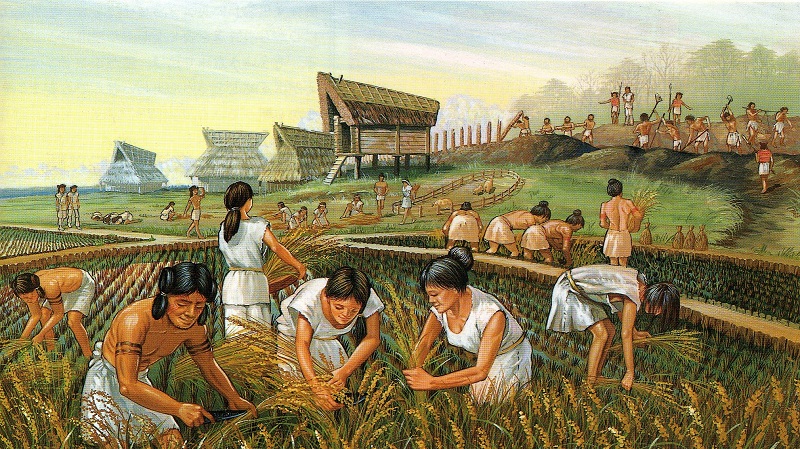By Kareem Sheta
“Agriculture is our wisest pursuit because it will, in the end, contribute most to real wealth, good morals, and happiness.” These were the very words of Thomas Jefferson during his first annual speech to Congress in 1801. For millenniums, agriculture has served a higher purpose than simply planting a seed in the ground. The fruits of farming have fed generations and civilizations, booming the global population from around 5 million people to more than 7 billion over the past 10,000 years. So how did the story of farming begin?

“The earliest archaeological evidence for cultivating plants and herding animals dates back 10,000 to 12,000 years ago in the Fertile Crescent, which arcs from the Persian Gulf to Turkey and south to Egypt.” It was said that farming was adopted by only 1 group of ancestral humans that eventually migrated to parts of Europe and Asia; however, recent discoveries now prove otherwise. According to Dr. Garrett Hellenthal, a statistical geneticist and published author about the origin of farmers from University College London,
“It had been widely assumed that these first farmers were from a single, genetically homogeneous population. However, we’ve found that there were deep genetic differences in these early farming populations, indicating very distinct ancestries.”

A team led by Joachim Burger, of the Johannes Gutenberg University of Mainz in Germany, analyzed the complete genomes of four goat herders who lived in the Zagros Mountains of Iran. “Tests of isotopes in the teeth of all four farmers confirm they had diets rich in grains, a signature of an agricultural diet.”
Using an alternative method that looks at patterns of inheritance of chunks of DNA, Hellenthal’s findings similarly confirm that the inhabitants of the Zagros Mountains left a genetic legacy in Iran, particularly the Zoroastrians, as well as Pakistan and Afghanistan. However, an unexpected conundrum was introduced. The ancient Iranian DNA was completely different from that of the western Anatolian farmers who were the direct ancestors of Europe’s first farmers and who lived 2000 years and 2000 kilometers apart from the Zagros Mountain farmers.

According to Burger, both groups of Iranian and Anatolian farmers must have separated 46,000 to 77,000 years ago. He said, “Initially, agriculture was an idea that spread. Then, when it reaches the borders of Europe, it becomes people spreading farming. We have an extremely complex agricultural revolution that was created by people who were extremely diverse.”
A third study was conducted by Harvard University’s David Reich. It involved the analysis of the DNA of “44 Middle Easterners who lived 14,000 to 34,000 years ago and their comparison to 2684 living and ancient people.” Results showed that early farmers from Jordan and Israel were also genetically distinct from those of Iran and western Anatolia.
As a whole, it seems that with each new groundbreaking discovery, new countries are added to the pool of co-founders of the ancient practice of farming.



